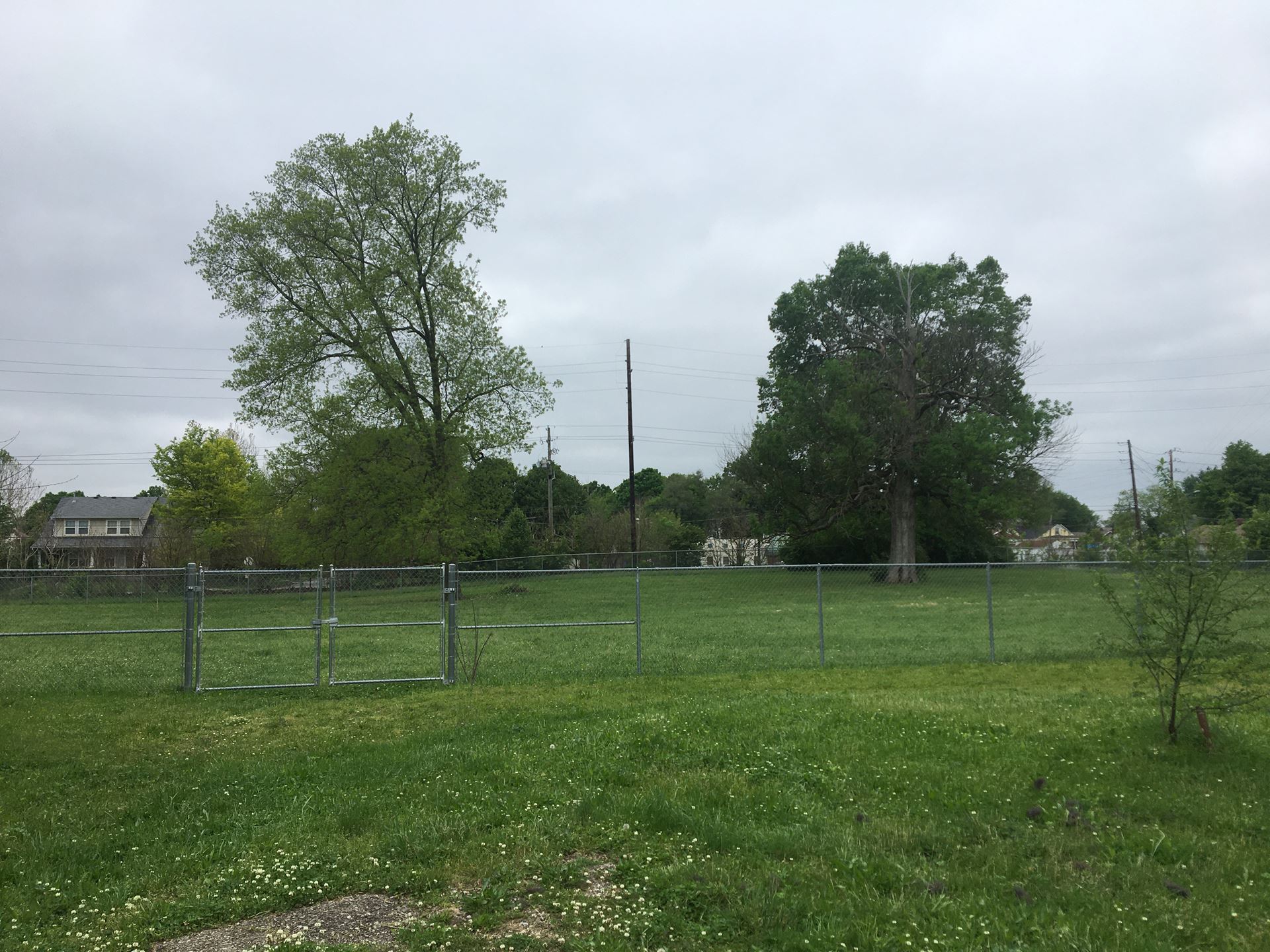by Erin Powers of Ball State University's Applied Anthropology Laboratories
 Before the pandemic, I loved that my job involved being outdoors; now in the midst of the pandemic, I ’m grateful that my job involves being outdoors! I am an archaeologist in the Applied Anthropology Laboratories (AAL) at Ball State University and while we are braving these unprecedented times as best we can, we have been fortunate to be able to continue doing student-centered research in the past months. This means that we are now able to set a date to conduct a geophysical survey in an unmarked cemetery used during the early years of Central State Hospital. Originally, we scheduled this project for June 2020, but the pandemic had other plans. This project targets the oldest and first cemetery associated with the Central State Hospital that was used from 1848 to 1905.
Before the pandemic, I loved that my job involved being outdoors; now in the midst of the pandemic, I ’m grateful that my job involves being outdoors! I am an archaeologist in the Applied Anthropology Laboratories (AAL) at Ball State University and while we are braving these unprecedented times as best we can, we have been fortunate to be able to continue doing student-centered research in the past months. This means that we are now able to set a date to conduct a geophysical survey in an unmarked cemetery used during the early years of Central State Hospital. Originally, we scheduled this project for June 2020, but the pandemic had other plans. This project targets the oldest and first cemetery associated with the Central State Hospital that was used from 1848 to 1905.
Currently, we do not know how many individuals are buried there and the extent of the cemetery. Sometime in the mid-twentieth century, the grave markers were removed. These individuals deserve to be acknowledged and represented, which is what we hope to address with this project through geophysical survey. Along with the Indiana Medical History Museum (IMHM), Indianapolis Metropolitan Police Department Mounted Horse Patrol and Canine Unit, and the Caroline Scott Chapter of the Daughters of the American Revolution, we intend to find the extent of the cemetery and how many individuals are buried there using non-invasive ground penetrating radar (GPR).
This project is using GPR as opposed to traditional archaeological excavation because it is non-invasive and it will not destroy the cemetery or property. GPR projects requires fewer archaeologists and is much faster than traditional archaeological projects. Normally when you think of archaeology, you imagine a big square trench where everyone is troweling the soil, exposing artifacts, and removing dirt. Since cemeteries are incredibly sensitive historic spaces, traditional archaeology cannot be applied here. Instead, archaeologists have started to use geophysical equipment, like GPR, that read or send electromagnetic waves into the earth and collect information. This information is analyzed in the laboratory and it lets archaeologists see into the ground without removing any earth.
While we analyze the data, we are looking for disturbances in horizontal soil strata, which indicate that the soil was disturbed. In cemeteries, we are typically looking for patterns of disturbance that resemble grave shafts and metal artifacts that could be associated with the burials. For example, coffin hardware or metal jewelry buried with an individual will typically show up in the GPR data. In an ideal situation, once the GPR data is processed, an AAL staff member can clearly demarcate each grave shaft and the boundary of the cemetery. In most cases, there are many disturbances that the GPR picks up and some of them are associated to animal activity, various construction phases, and metal fences or poles nearby. GPR can tell us the extent of the cemetery, the number of grave shafts, and the minimum number of individuals.
Back in March 2020, Sarah Halter (Executive Director, IMHM) and I created a crowdfunding campaign at Ball State University in order to raise the funds needed to fund this project at Central State Hospital. Thanks to all of our donors and supporters, we exceeded our goal of $5500 and raised over $5800. This money will go to the AAL staff members conduct the GPR survey and processing the data. The AAL team is going to resume fieldwork very soon in a socially distant, safe, and healthy way. We will keep the public updated about the fieldwork, data processing, and results of this project. We are looking forward to getting this project underway and bringing to light the marginalized individuals buried at Central State Hospital.